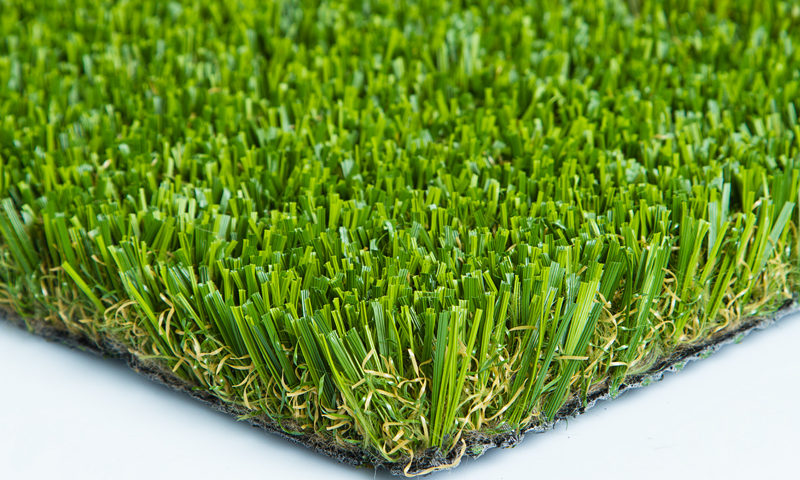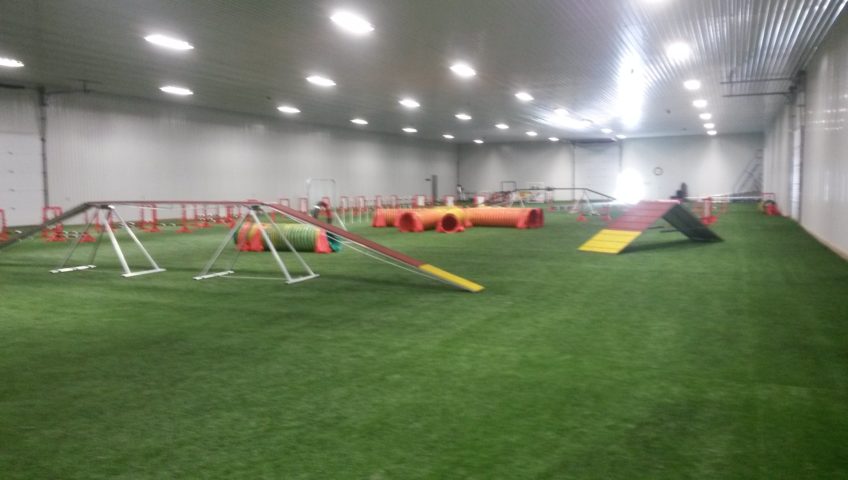
Is Fake Grass the best alternative for your yard ?
Let’s Examine your Landscape options …..
If you were hoping to cash in on the City incentives for turf replacement you might have waited too long. The incredible popularity of the program has forced the wholesaler to suspend applications after shelling out more than $300 million to help homeowners replace their lawns with less thirsty yard options.
Homeowners are now having to weigh the benefits of a more drought-tolerant yard against a cost that’s more than they had anticipated.
Still, saving water may only be one consideration to take into account when deciding why and how to replace your yard, said Carol Bornstein, director of the nature gardens at the Natural History Museum of Los Angeles County and the co-author of “Reimagining the California Lawn” and “California Native Plants for the Garden.”
“The primary concern these days, of course, is water because of the drought,” she said.” But water is not the only resource that goes into maintaining lawns. There’s the constant mowing and the generation of green waste and what to do with the green waste and the use of fossil fuels.”
When considering the high cost of water and the low maintenance cost for Synthetic Turf . Artificial Grass seems to be an attractive alternative. See below for all your other options for landscaping your yard.
5 factors to consider for each potential yard.
With the help of professional landscapers, conservationists and experts on the environment, we’ve put together a series of popular landscape options. For each landscape possibility, we’ve considered how they fare in several categories*:
- Water need– How much water each landscape type requires
- Biodiversity – What kinds of wildlife will benefit from it (courtesy of Brian Brown, curator of entomology at the Natural History Museum)
- Permeability – Will water be able to pass through the landscape and reenter the aquifer?
- Heating effect – Will it add to or mitigate the urban heat island effect?
- Cost – Average price estimated per square foot (courtesy of Kelley Hanna, owner of Plant Goddess Landscaping)
Keep in mind this guide is intended only to be a general reference; each landscape type will perform differently based on how it’s installed and maintained. Also, most yards are likely to incorporate more than one of the options below. Finally, we chose not to include aesthetics as a category, as it’s subjective.
TURF “REAL GRASS”
This what most think of when they think of the typical lawn — the water-intensive default conservationists are hoping to steer Californians away from choosing. Even so, there is wide variety within grasses. Cool-season grasses grow actively during the cooler time of year and require watering during hot summer months. Warm-season grasses, such as Bermuda grass, use less water.

- Water need – High, though warm-season grass does use less water than its cooler cousin.
- Biodiversity – “Okay for non-native biodiversity, but mowing reduces the value for shelter, and irrigation promotes destructive invasive species like Argentine ants; butterflies like the fiery skipper use grasses as their food plants,” wrote Brian Brown, entomology curator of the Natural History Museum of Los Angeles County.
- Permeable? – Yes
- Heating effect – Provides cooling, though not as much as if shady trees were in the yard. Still, evapotranspiration does occur. Sports fields with real grass can reduce temperature by two-to-four degrees.
- Cost – $ 4 – $ 6 per square foot, including installation, for cool-season grass;
CALIFORNIA NATIVE PLANT GARDEN

- Water need – Low, though not all plants native to California save water. That’s because some come from areas that see a lot of precipitation. Experts stress the importance of choosing locally appropriate plants.
- Biodiversity – “Including semi-native plants (those from elsewhere in California, such as giant buckwheat from the Channel Islands); are best for native biodiversity; pollinator resources appropriate for the species native to this area; food plants for native wildlife.”
- Permeable? – Yes
- Heating effect – Cooling. Trees capable of producing shade would provide the most cooling effect (9 degrees Fahrenheit or more). Shrubs are next, followed by low plants and grasses.
- Cost – $3.75 – $18 per square foot, including labor. The wide range reflects the variety of plant choices available. The City of Santa Monica has a native demonstration garden, which cost $11.06 per square foot, as opposed to a traditional garden, which cost $7.50.
DROUGHT-TOLERANT GARDEN (CALIFORNIA-FRIENDLY)
Drought-tolerant species of plants can come from any arid environment, with many coming from Australia or South Africa.

- Water need – Low
- Biodiversity – “Probably better for biodiversity than anything else except native plantings, especially if irrigation is minimized; can promote introduced honey bees over native bees (negative) as many of the flowers are only visited by generalist pollinators like honey bees; fewer food resources than native plants.”
- Permeable? – Yes
- Heating effect – Cooling. Same as California native plants.
- Cost – $3.75 – $18 per square foot, including labor. Again, a wide range depending on how you plant.
ORGANIC MULCH

- Water need – None
- Biodiversity – “Can be beneficial to biodiversity associated with local forests and riparian areas, where leaves, shed bark, twigs, etc. are normal; depends on what is underneath the mulch.” Also, with regards to native bees – “While it is true that a deep layer of mulch might smother bee nests, my experience is that bees are good at finding small open areas around the periphery of a mulched area to burrow in. Mulch is so much better than decomposed granite, artificial turf, pavement, etc. that I wouldn’t use this as a reason not to mulch.”
- Permeable? – Yes, though Carol Bornstein said it’s important to note that mulch does soak up water, so if you do have plants within the mulch, it might take more watering for them to get what they need.
- Heating effect – Neutral. Mulch doesn’t, by itself, provide any cooling through evapotranspiration, but it doesn’t add to heating either.
- Cost – $2.50 per square foot, not including labor. (The vagaries of a project precluded Kelley Hanna, owner of Plant Goddess Landscaping, from making an estimate of labor costs.)
ARTIFICIAL TURF

- Water need – None. Some water may be used for washing or cooling.
- Biodiversity – “Terrible for biodiversity (no food value, no access to soil).”
- Permeable? – Not typically. Some artificial turf is water-permeable, but Lisa Cahill, director of sustainable solutions at TreePeople, said soil compaction that occurs as part of installation limits how far down the water will travel.
- Heating effect – Heating. Cahill says this is among the worst material when it comes to the heat island effect. She said the heating from artificial turf can be even worse than some concrete, because it is dark colored and retains heat. “People do get burned on it, and it is synthetic. It is a hot piece of plastic wrap that you’re putting into the ecosystem,” Cahill said.
- Cost – $12-15 per square foot, including labor.
GRAVEL

- Water – None
- Biodiversity – “Depending what is underneath the rocks, and whether it has access to soil, can provide some cover for native wildlife.”
- Permeable? – Yes
- Heating effect – Heating. The extent depends upon the color of the gravel.
- Cost – $3.50 per square foot, not including labor.
CONCRETE (PAVEMENT)

- Water – None
- Biodiversity – “Same as gravel”
- Permeable? – No. There are some permeable pavements, but concrete in general is impenetrable.
- Heating effect – Heating. Some types are worse than others. Darker asphalts are worse than lighter concretes when it comes to heating effect.
- Cost – $15 per square foot, including labor
DECOMPOSED GRANITE

- Water – None
- Biodiversity – “Little biodiversity value, but slightly better than pavement; often home to Argentine ants.”
- Permeable? – Yes
- Heating effect – Heating – about the same as gravel
- Cost – $3.50 per square foot, not including labor. Gets much more pricey when including stabilizer underneath (for pathways).
